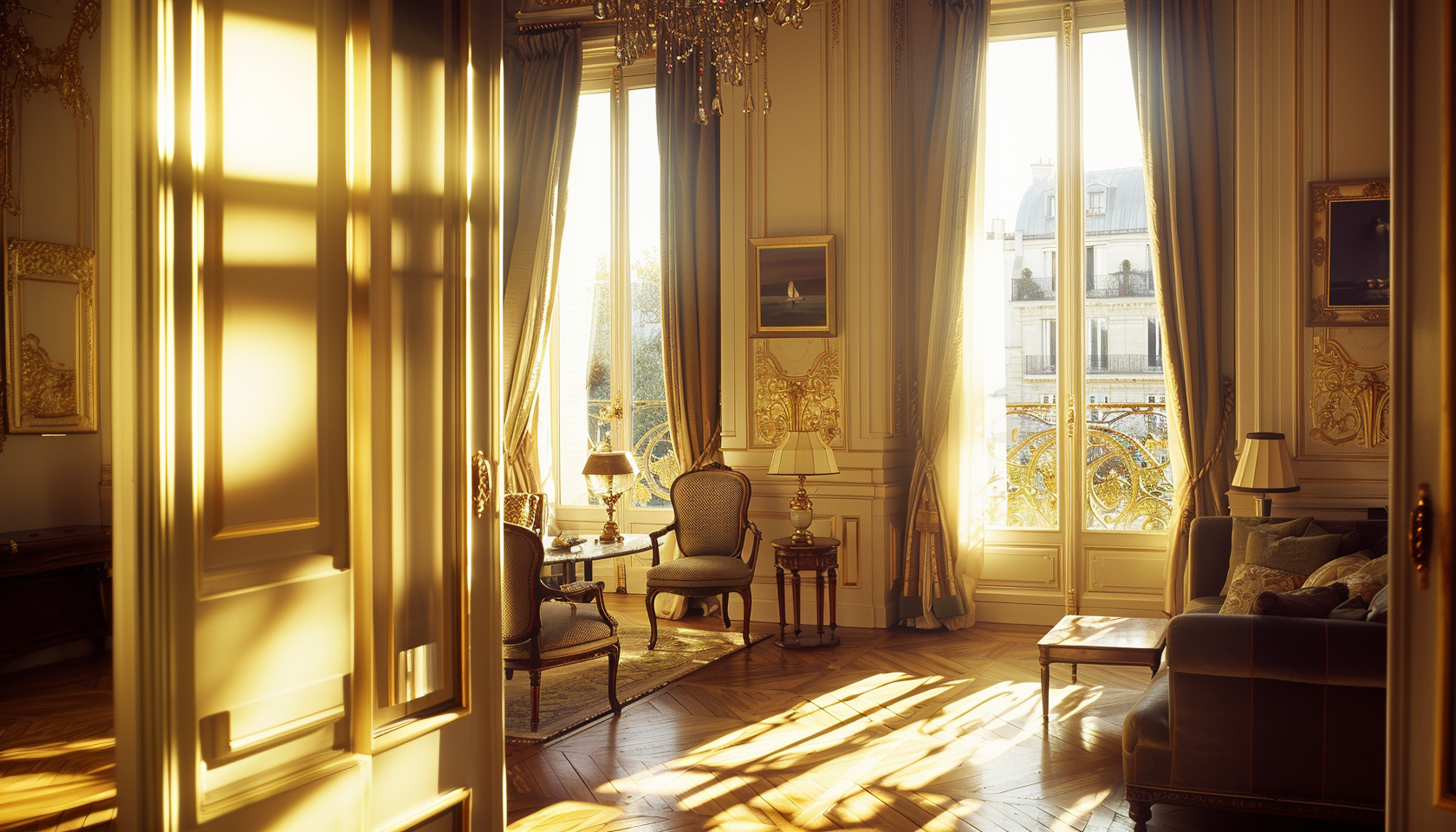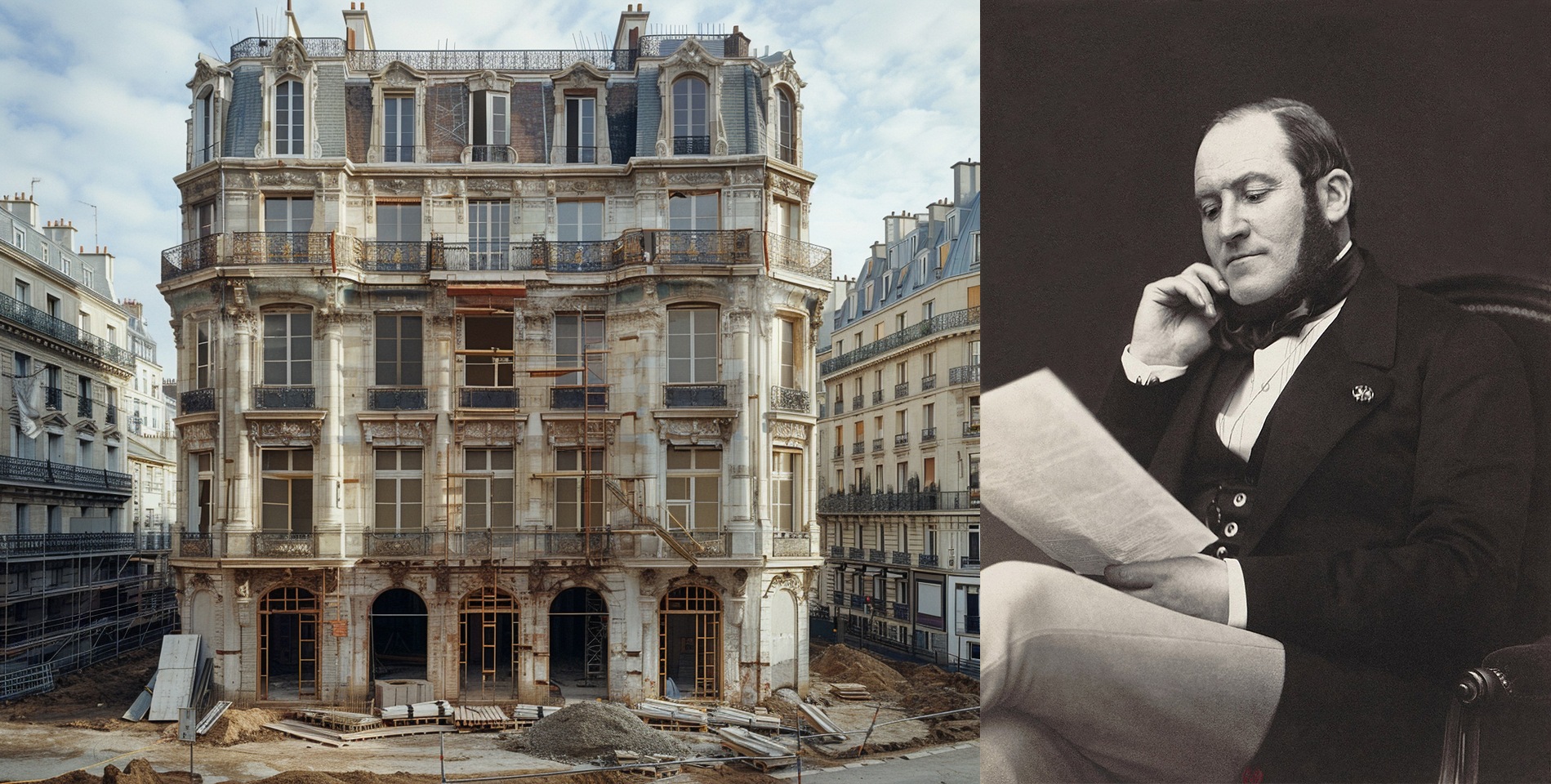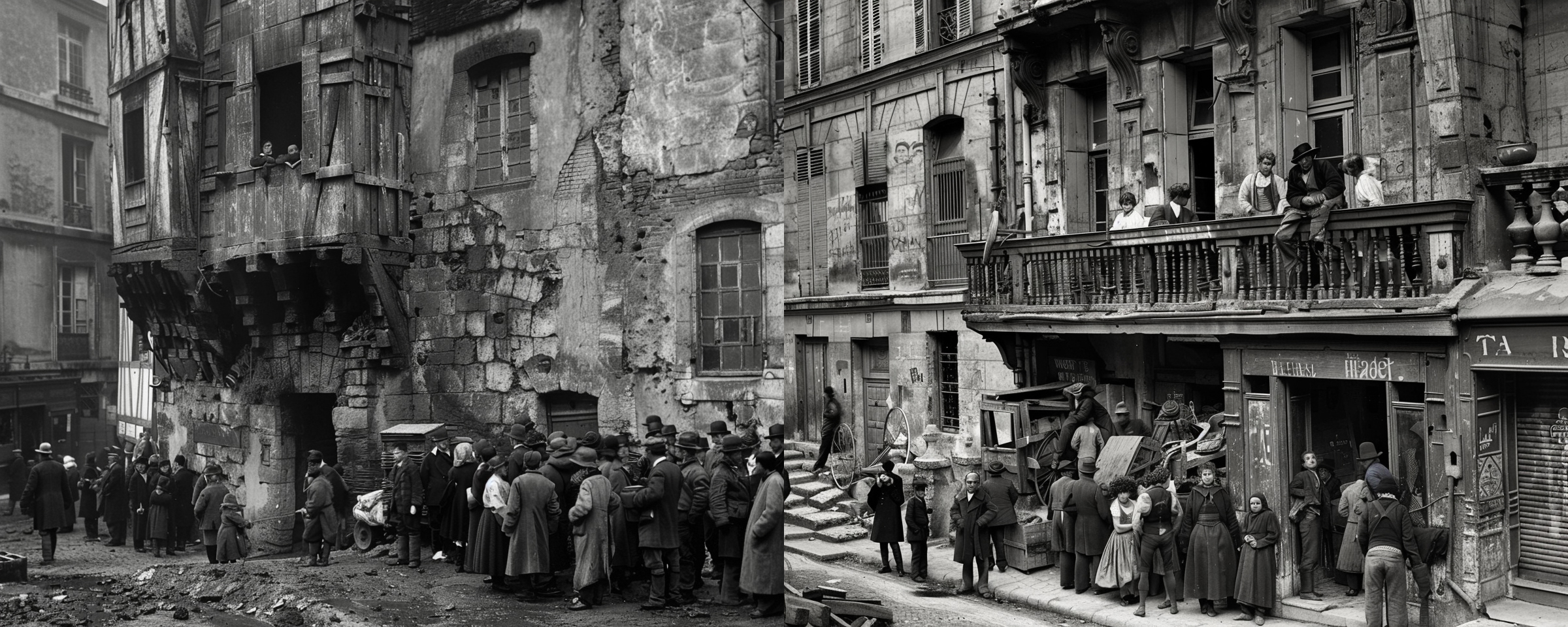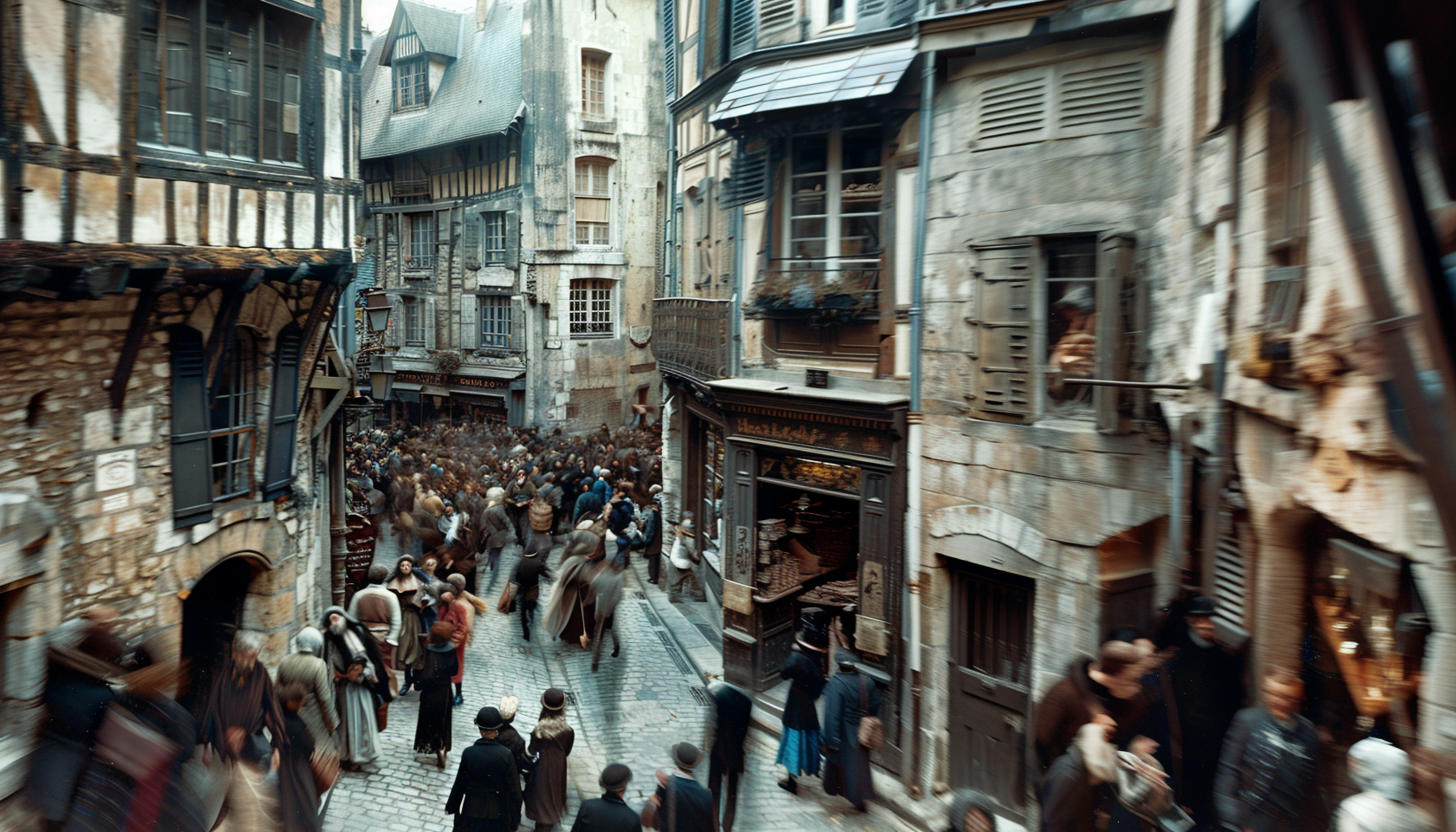Haussmann’s Paris: The Man, The Vision, The Cost, and the Controversy Behind the City’s Transformation
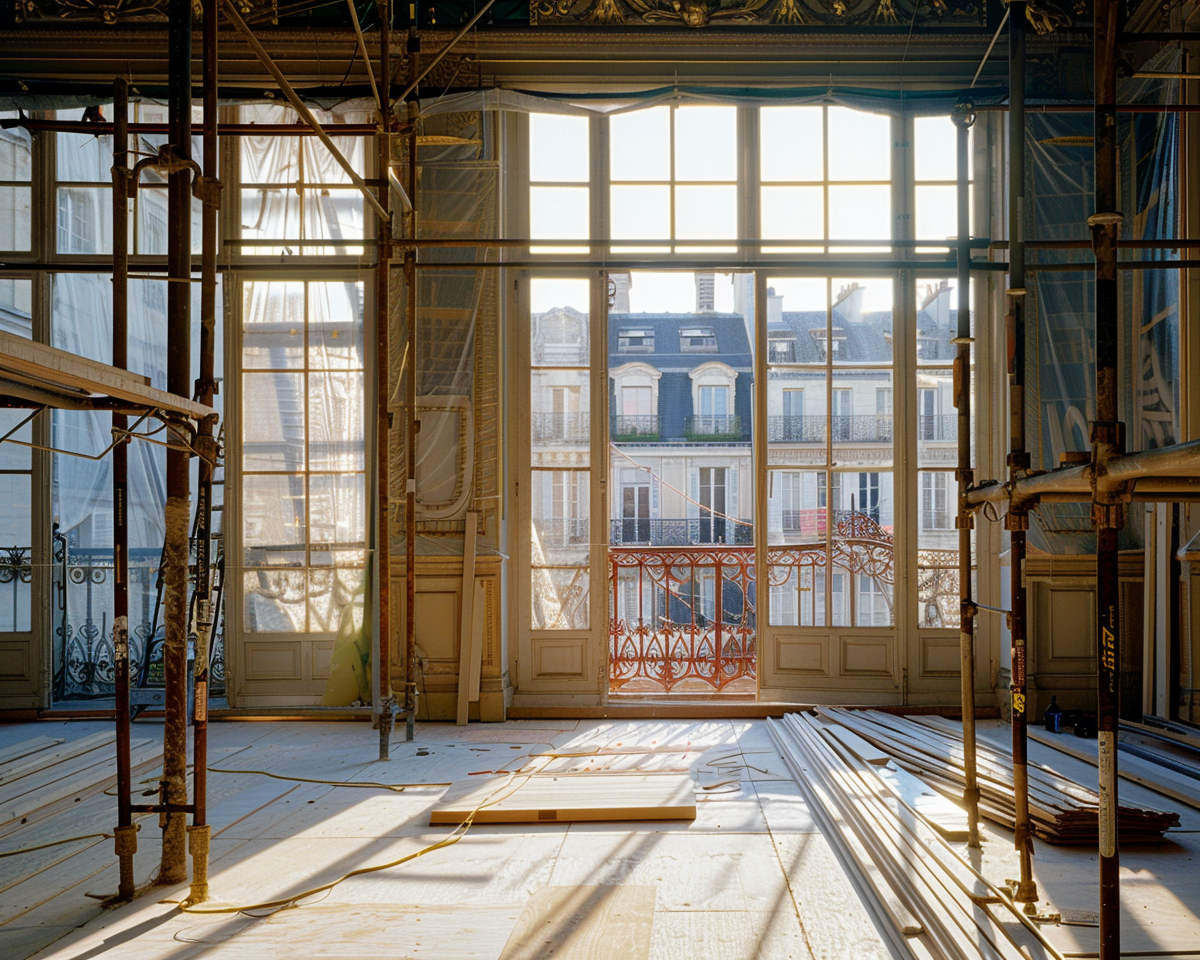
When we think of Paris today, we imagine its grand boulevards, harmonious façades, and the elegant symmetry that defines its timeless charm. But Paris was not always this way. Before the mid-19th century, it was a congested maze of medieval streets, plagued by overcrowding, poor sanitation, and insufficient infrastructure. That all changed under the ambitious vision of Baron Georges-Eugène Haussmann.
For 17 years, from 1853 to 1870, Haussmann, under the command of Emperor Napoleon III, reshaped the city in one of the most radical urban renovations in history. While this transformation gave birth to the Paris we know today, it came at an immense financial, social, and cultural cost.
The Man Behind the Transformation
Born in 1809, Haussmann was a bureaucrat and administrator, not an architect. Yet, his meticulous organization and authoritarian approach made him the perfect candidate for the task. He was selected by Napoleon III to modernize Paris, inspired by the Emperor’s travels to London, where he saw wide avenues, open squares, and an efficient sewage system.
Haussmann embraced the challenge, calling himself an “artiste démolitionnier”—an artist of demolition. And demolish, he did.
The Grand Plan: What Changed?
Haussmann’s project was vast, involving:
- The demolition of nearly 60% of medieval Paris, including entire neighborhoods.
- The creation of new boulevards, straight and wide, designed to ease traffic and prevent barricades during uprisings.
- A vast sewage and water system, reducing disease and improving sanitation.
- The planting of thousands of trees and the creation of new parks, such as Bois de Boulogne and Bois de Vincennes.
- The construction of new bridges, opera houses, railway stations, and public buildings to make Paris a true imperial capital.
The Cost: Then and Now
Such a grand vision did not come cheap. Haussmann’s transformation cost an estimated 2.5 billion gold francs at the time. Adjusted for inflation and economic growth, this would be roughly $95 billion in today’s terms—equivalent to rebuilding an entire modern metropolis from scratch.
To finance this, Haussmann relied on:
- Government loans, with the French Parliament approving multiple rounds of financing.
- The Pereire brothers, who ran the Crédit Mobilier bank, which funded many large-scale construction projects.
- Private investors, who bought properties that had been expropriated, renovated, and then resold at a profit.
However, these methods eventually led to massive public debt, causing a political scandal that contributed to Haussmann’s downfall.
The Social Cost: Who Paid the Price?
While the wealthy benefited from the new grandeur of Paris, the working-class population suffered immensely.
- An estimated 350,000 residents were displaced as their homes were demolished.
- Entire medieval districts, including much of the Île de la Cité, were erased, forcing low-income families to move to the city’s outskirts.
- Rents skyrocketed, making central Paris unaffordable for many Parisians.
Some critics argue that Haussmann’s wide boulevards were designed not just for aesthetics, but also for control—allowing the military to move easily and suppress revolutionary uprisings.
The Destruction of Old Paris: What Was Lost?
The Haussmannian renovations resulted in irreversible architectural losses. Some of the most significant demolitions included:
- The medieval streets of Île de la Cité, home to centuries-old buildings.
- The Cité neighborhood, which had stood since the Middle Ages, replaced by large administrative buildings.
- Numerous gothic structures, replaced by uniform Haussmannian apartment buildings.
Despite this, some landmarks survived, including Notre-Dame and the Marais district, which were spared from destruction.
The Legacy: A Paris Built to Last
Though controversial, Haussmann’s Paris became a model for urban planning worldwide. His principles influenced cities like Buenos Aires, Barcelona, and even parts of New York City.
- Architectural Uniformity: The signature Haussmannian style—cream-colored stone buildings, aligned balconies, and mansard roofs—became synonymous with Parisian elegance.
- Efficient Infrastructure: The modernized sewage and water systems improved public health and still function today.
- Tourist Magnet: The new boulevards and landmarks cemented Paris’s reputation as the world’s most beautiful city.
Conceptual illustrations based on historical references*
Haussmann’s Downfall and the Changing City
By 1870, the enormous debt and mounting criticism led Napoleon III to dismiss Haussmann. The Prefect had become a symbol of extravagance, and his rigid approach to urban planning alienated many Parisians. However, his vision endured, with much of his work continuing into the early 20th century.
Today, Haussmann’s Paris remains a city of contradictions—a masterpiece of urban design built on displacement and destruction. The Paris we admire today is his creation, yet it came at the cost of an older, more intimate version of the city.
Was it worth it? That depends on whom you ask, back in 1850 … probably not a lot of people would express their joy and excitement. People were forced out to make way for the wealthy and the grand vision of the Second Empire.
But in an ironic twist, the very neighborhoods that were once cleared of working-class residents—like the Marais, Saint-Germain-des-Prés, and the Golden Triangle near the Champs-Élysées—are now some of the most expensive and desirable real estate in Paris.
